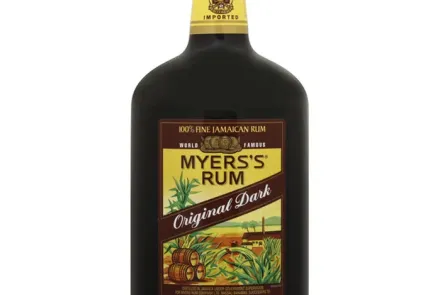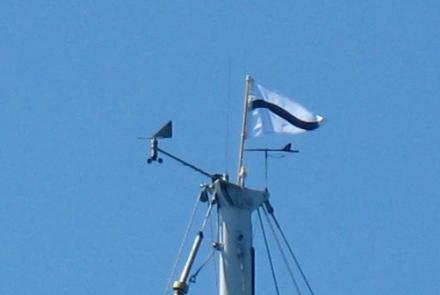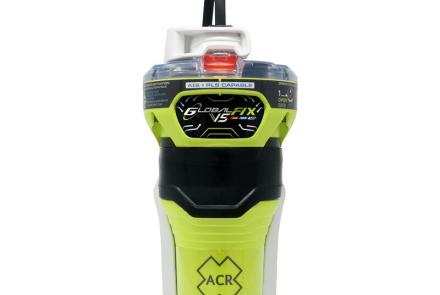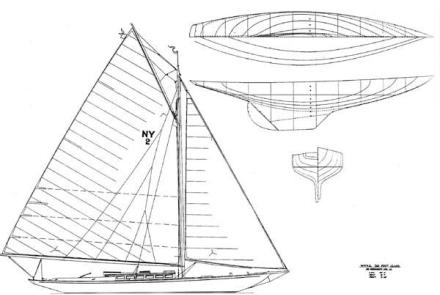“Laser Flares” and Their Use when being Rescued
This note presents the results of the work of CCA member John Brooks in investigating the position of the U. S. Coast Guard with regard to “laser flares”. It also contains some description of the devices and links to other information about the devices.
Concise Results
The Coast Guard has not studied laser flares to determine if they are viable SAR tools, and COLREGS does not include them as “rescue signals”. Laser flares fall under the heading of “signals to attract attention" by USCG/COLREGS definitions.
Thus, sailors need to carry classic flares to aid rescuers (as well as to meet regulations). Grab bag contents are not generally specified, but ISAF OSR category 0 specify that bags contain: (in addition to specified hand and aerial flares) a strobe light, a flashlight and chemical light sticks. It seems reasonable that laser flares would fall in after the above items in priority. The newer LED flare would probably fall in priority with the strobe, flashlight or light sticks.
The danger of conventional laser pointers* and other laser beam devices - suggests that these devices not be used in a rescue operation (or perhaps not even be aboard to prevent confusion). We can also say that conventional laser pointers - when pointed at the cockpit of an aircraft or rescue boat - may result in the mission being aborted. The open issue is: would a laser flare flash be interpreted by an SAR Commander as a regular laser?
There may be other uses on board a vessel for a laser device that spreads out the beam, e.g. using the Greatland product to spot a buoy with reflecting surfaces, or a MOB with SOLAS reflecting panels on his life jacket. But they are not toys, and should be used with care, as they could hurt eyes.
For your better understanding, more information follows, including the USCG position, and more background on laser flares.
Brief Background:
Obviously, no one should point a laser pointer at anyone, and it is illegal to point one at aircraft, as the point beam of a laser is too powerful.
There are at least two brands of laser flares, Greatland Laser in the USA and ODEO in the UK. Note that ODEO has discontinued manufacturing a laser flare, but they have a (long-lasting) LED flare in the same configuration. The discussion of their laser flare is included here as you may be able to get one in the after-market. Both brands “fan out” their laser beam into a line reducing the intensity.
Greatland Laser basically takes the single laser beam and fans it out over a line, as wide as the laser beam but about one mile tall at a distance of 16 miles away. You wave it slowly back and forth to illuminate an object. A viewer sees the (much less powerful) laser light as you scan it past him. They say the strength of the beam is 1/1000th of that of a point laser beam.
ODEO has several outlets in a mushroom-shaped top of a tube. Out of the mushroom come several elongated laser lines, and the entire mushroom rotates, covering the entire hemisphere from a zenith to about 20 degrees below the horizon. You operate it by holding it more or less vertically while the rotation scans the sky and horizon leaving an intermittent flash to anyone looking at it from a distance.
These laser flares are not as bright on average as a hand-held burning flare, but manufacturers stress some benefits versus classic flares, including: much longer operating time, longer shelf life, and no risk from burns from dripping slag.
Pilots throughout the US have been hit with laser pointers. Search and Rescue units, including USCG units are cautious about permanent eye damage. There have been reports of CG pilots hit by lasers in the Chesapeake, VA area. Importantly, SAR units frequently wear equipment to significantly enhance light, so they can pick up even faint lights. (For example, chemical light sticks are recommended in grab bags as their light can be picked up by SAR units.)
We need to understand that a USCG SAR team commander has as a first responsibility the safety of his/her crew. There has been some discussion that a SAR unit should leave the area if hit by a laser (type not specified), in order to protect the vision of the crew, but that decision is left to the commander.
USCG View:
The CCA, through John Brooks, contacted the USCG to ask for their direction as to how we should use laser flares, and how we should coach other sailors in their use. Their response is below:
“There were several points that he (USCG LT Gorgol) wanted to convey:
1) Lasers of any kind (whether called "rescue lasers" or not) are not "rescue signals" as defined by the IMO and codified in the International Regulations for Preventing Collisions at Sea (COLREGS).
2) There have been numerous incidents of laser devices that have been pointed at USCG aircraft, and have caused documented problems, including eye injury. The "abort" option may be exercised by aircraft commander in the event of a laser pointed at the cockpit. Several areas of the country have kooks that are apparently doing this on a recurring basis (Chesapeake, VA, for helos and planes out of Elizabeth City, NC was one example cited. Chesapeake is not on the ocean, and is not a likely place for any vessels in distress needing helo search and rescue.)
3) The red distress signal defined in the COLREGS (and U.S. Inland Rules) is "a rocket parachute flare or a hand flare showing a red light)."
4) The "rescue laser" (and similar devices that disperse a laser beam into a line or spray of light, as opposed to a single ray) may be useful for offshore sailors as an item in their emergency toolkit as a "signal to attract attention" of potential rescuers assuming that a distress call has been made, or indication of distress has been made via internationally recognized means.
5) The Coast Guard will not explicitly endorse products for a distress use that do not meet the definition of "distress signals" in international maritime law or U.S. safety regulations.”
John Brooks summarizes his conversations: ‘My recommendation to the SAS Committee would be that we do mention laser related products at Safety at Sea Seminars as potential "signals to attract attention" (as long as they claim to disperse the single beam), and suggest that they could be considered for the abandon ship ("ditch kit") bag. We need to accompany this with a qualifier that they are NOT A RESCUE SIGNAL, as those signals are defined, and should not be construed as such. They could be a very effective "SIGNAL TO ATTRACT ATTENTION." We should also mention the danger of conventional laser pointers and laser beam devices - and perhaps suggest that these devices not be used in this fashion (or perhaps even be aboard to prevent confusion). We can also say that conventional lasers - when pointed at the cockpit of an aircraft or rescue boat - may result in the mission being aborted.’
In subsequent conversations, John also agreed that chemical light sticks and battery-operated lights belong in a ditch bag or pre-packaged raft kit too.
More on Laser Flares:
In discussions among CCA Safety-at-Sea Committee members, the following points came up:
Laser flares are not toys, and should not be played with. Keep them away from children. For example, Greatland recommends that its product should not be shined at someone unless they are 13 feet (4 meters) away. Random use also may leave you with a dead battery when you most need it.
While the Greatland laser (and presumably the ODEO) have spread the beam to 1/1000th strength, they can hit an SAR crew with light-enhancing capability, and that may bring the strength back up to the danger level.
The Greatland “fan-type” laser flare has additional positive uses aboard, e.g.:
The “fan” beam, when waved side to side, is good for picking out buoys or day marks with reflective surfaces.
Similarly, the fan beam may be useful to pick out a person overboard who has clothing or an inflatable PFD with SOLAS reflecting material. (Again, once the MOB is close to the boat, do not shine the laser at him or into the eyes of other crewmembers.)
In many cases, Good-Samaritan rescuers are less likely to have light-enhancing eyewear, so the laser might be useful as an attractor. For example you could use it to shine on a merchant ship diverted to aid you offshore, or even inshore toward another small craft looking for your vessel after a mayday. But remember, classic flares will be brighter, and generally do not need to be aimed directly at the target.
Point lasers are not useful as attractors, and probably should not be aboard a vessel unless there are unusual, non-sailing circumstances demanding such a device.
In summary, the laser flare may be useful for night time vision or rescue work, and could be considered as an asset aboard. BUT with all the other devices available to signal distress and to attract rescuers, it should not be considered a high-priority tool, and should not be shined on a USCG SAR team, unless it is the last tool left in your kit.
* Laser pointers are common, from the pointers presenters use to highlight an item on a slide, to high-powered beams used by several groups including military and hobbyists. For information on laser pointer safety see: http://www.lia.org/subscriptions/safety_bulletin/laser_pointer






